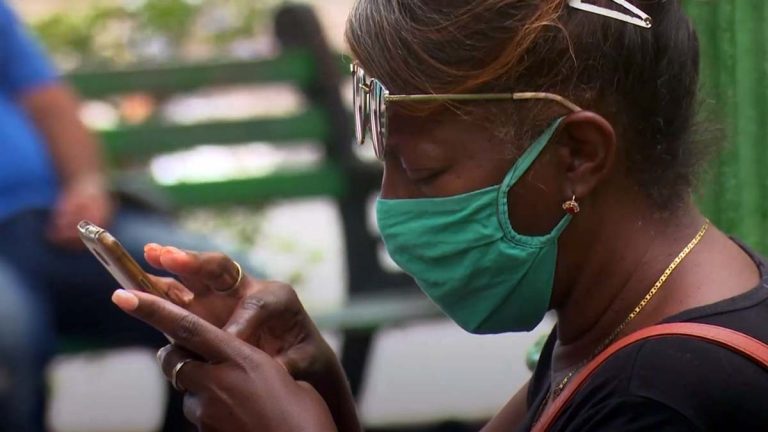Long blackouts have marked the year 2022 for Cubans

Last October, thousands of people took to the streets of Havana and other Cuban cities as a result of the extensive and annoying daily blackouts.
The energy production deficit has affected the country since 2021 and was one of the main causes of the mass demonstrations on July 11 and 12, 2021, along with the economic crisis, shortages, the COVID-19 pandemic, and US sanctions.
Cuba’s Minister of Energy and Mines, Vicente de la O Levy, acknowledged this Monday, December 12 before the National Assembly that energy production in Cuba dropped to unprecedented levels in 2022 and stressed that the most critical moment occurred after the passage of Cyclone Ian through the west of the country, which caused a total blackout.
In the first weeks of October, electricity production in Cuba only reached 37.9% of the installed generation capacity.
During the first 15 days of October, official data indicate that the blackout schedule reached 10 hours and 23 minutes as a daily average.
The Cuban authorities prioritized residential areas, but to do so they reduced the energy supply to other productive sectors, including stores, factories and other important services, the minister pointed out.
As a result, blackouts decreased in November to an average of 6 hours and 37 minutes.

In recent days, the situation has improved and now, in mid-December, blackouts are averaging 2 hours and 23 minutes.
The average number of blackouts supposedly also includes the Cuban capital, which has not been affected as well as the rest of the country. This suggests that the blackouts in the Cuban interior have been even more extensive.
According to De la O Levy, Cuba needs some 250 million dollars to operate and maintain the energy production system.
Electricity in Cuba is produced by eight large thermoelectric generation plants, in addition to overexploited generators.
In recent months, the country has allocated resources to lease seven floating power plants from Turkey.
The country also has a small proportion of generation from renewable sources, mainly solar, wind and hydroelectric.
The minister told the Assembly that the sanctions imposed by the United States against Cuba hinder the Caribbean country’s access to international markets and increase the costs of importing fuels to generate electricity.

By the end of 2022, Cuban spending dedicated to importing fuels will reach the figure of 1.7 billion dollars, which represents an increase of 9 times what was allocated to that same item in 2018.
De la O Levy said that other factors have had an impact on the tense situation of energy production in 2022 in Cuba.
Among these factors he mentioned the fires that occurred in two thermoelectric power plants, the big fire at the Matanzas supertanker base – the largest industrial fire in Cuba’s history – and the damage caused by the passage of Hurricane Ian.






